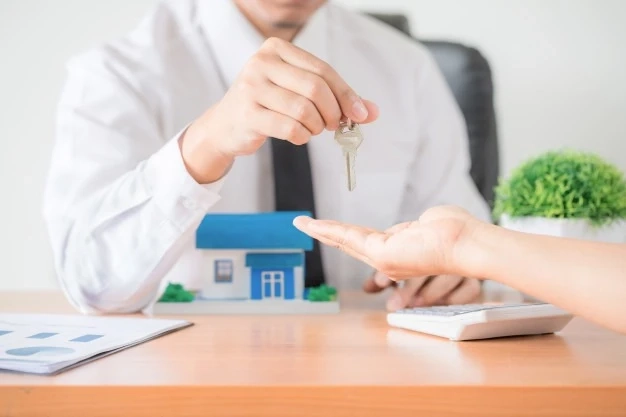Rent-to-own is indeed a creative form of investing wherein you purchase a property for under-market value. You later rent out this property to a tenant who has the intention of buying that property before the lease term ends.
At the beginning of the lease, you can collect an option fee of 3 to 5 % of the expected selling price of the home from the tenant. This fee gives the tenant an option to buy the property but creates an obligation for you to sell the property to this buyer exclusively throughout the lease term.
That is why commercial real estate Austin has created this guide for you to understand when you should or shouldn’t rent-to-own.
When you should rent-to-own?
When the buyer’s market is slow
Buying houses or commercial properties under the market value and flipping them can be profitable when the market is moving quickly. Flipping a house takes a few months. But during that short period of time, the market can dip. It can either be in primary market or secondary market. To know more about it, click here. The market value of the home could have been less than you paid for or the housing demand within that price range could fall.
There are two options when the market dips – you can either sell the property for less or you could hold on for a while until the conditions improve.
Rent-to-own is a viable third option. When the market conditions worsen, people face a difficult time when purchasing homes or commercial properties. That doesn’t mean that people don’t want to purchase them. They just find it more difficult to secure their financing.
Rent-to-own allows them to strengthen their economic condition to purchase the house or the commercial property, despite the economy being bad.
It also allows you to make a profit. When you lease the property to a tenant and sell it at a market value, the tenant purchases the property whenever he is ready. The time period for it is usually 6 months down the line.
By setting the property’s sale price at market value, you can be benefitted from the property appreciation over the lease term. You can also set the purchase price of the property at or above the cost of flipping the house.
Homebuyers usually don’t commit to a higher selling price when the market is weak. Also, the homes will not appraise at that value. This would leave a willing tenant unable to secure a mortgage and purchase the home.
You want a larger return on your investment and you are not in a rush
Rent-to-own is relatively an easy way to make additional income from a flipped home. Extra rental income is guaranteed for the full lease term and you can retain the ownership of the property if the tenant does not purchase it. It’s a win-win situation for you. If the tenant doesn’t buy the property, you get to keep the option fees and the rent money. You can then sell the property to another buyer or rent-to-own again. If the tenant purchases the commercial property, you can return the option fee as a credit towards the tenant’s down payment of the house and keep the rent money and selling price of the home. You get a chance of making more money if the tenant does not buy the house. Both the options are comparatively more profitable than selling your commercial properties after the flip.
When you shouldn’t rent-to-own?
When you need to make the money back fast
If you have secured funds to purchase commercial properties through creative methods, you may need to pay back financing quickly. While it may work well for flipping the properties, it may not work well if it takes longer for you to make a return on that investment.
Rent-to-own commercial properties take time to yield returns on investment. ROI is higher than the outright home sale, but it is not fast. There is no guarantee as to when will you get your money back because the lease option contracts are unilateral. The tenant has the option to buy, but you have an obligation to sell. The payout comes at the end of the lease term when the buyer purchases the property or it may come later when you sell the property to someone else.
You will recoup the money that you have spent through the rental income over a long period of time or by selling the commercial property.
When it is the seller’s market
It is difficult to determine when you are at the highest point of a market bubble; house flipping is the most profitable at the top of it. So, it doesn’t make any sense to lease the home or commercial property that you flipped at a point when the market is at the highest and you can get the most profit. If you lease the property at the top of the bubble, then you are risking the bubble popping and the value of your property can drop considerably. The drop in the property value will likely outweigh any profit that you could have made from rent-to-own.
Final word
Commercial real estate in Austin is very dynamic in nature and therefore, there are several investment strategies you need to know in 2021. With the help of this article, you can decide for yourself when you should or shouldn’t rent-to-own. Whatever be the case, we recommend taking the expert\'s help – none other than GW Partners, one of the best commercial real estates in Austin. With years of experience in the real estate industry and the best real estate agents, GW Partners will help and guide you and make your rent-to-own investment a successful one. So, do not think any further. Give them a call today and book your consultation with their expert realtors at the earliest.


